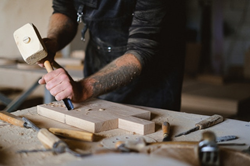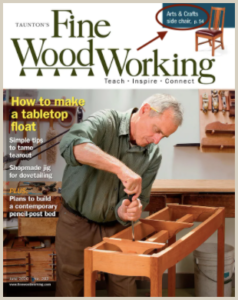History of wood turning and woodturners in London
The archaeological record of woodturning is restricted to representations since wood is a fiber inclined to spoil. Egyptian landmarks represent a lash utilized by an aide to turn the machine while another labourer cut the wood. Early bow machines and tie machines were created and utilized in Egypt and Rome. The Chinese, Persians, and Arabs had their own varieties of bow machines. Early machine labourers would now and again utilize their exposed feet to hold cutting apparatuses set up while utilizing their hands to drive the machine. Bow machines go on being used straight up to the current day, and a lot of our data about them comes from watching turners use them. Somewhere in the range of 500 and 1500 A.D. Finely created drinking bowls, known as mazers, were delivered in extremely restricted amounts from dry wood, then, at that point, embellished with silver-overlaid focal dremel 4000 vs 4300 .

As soon as 1568, a different flywheel controlled a machine through a drive belt. An expert would cut the wood while an understudy turned the wrench on an enormous wheel, regularly a few feet in the distance across. This was a nonstop upheaval machine, which prompted variation to outside control sources like water, steam, and power. This machine developed into the ‘sovereign of machine instruments’ which made it conceivable to turn parts for other apparatus. The Holtzapffels created fancy diverting machines from the nonstop insurgency machine joined with metal-working developments like the programmed slide rest. These machines worked from outfitted examples to cut plans in hardwoods like the dark. They were inclined toward as a side interest by European rulers, justifying a notice by Tolstoy in War and Peace (1869).
Woodturners in London
Woodturners in London coordinated into an organization as soon as 1310 on Wood Street. By 1347, the Turners Company was appointed liability regarding controlling loads and measures by the Mayor. By 1591, they fabricated their own Hall. The Company administered the student framework and laid out evaluating merchandise. In 1604, they were joined as the Worshipful Company of Turners of London. Outside of London, the art was decentralized and unregulated. Vagrant turners known as Bodgers set up transitory post machines close to the wellspring of wood for turning furniture parts.
In the nineteenth and mid-twentieth century, woodturners in England worked in Turning Shops, generally inside the expert understudy framework. In Germany and Russia, woodturning was packed in towns that had strength, for example, turning toys. Bow machines and shaft machines went on being used for decentralized, exclusive creation of building components and bowls in many regions of the planet. In the US, woodturning was essential for the educational program of modern expressions instructed in government-funded schools-frequently an essential for classes in building furniture. The ‘issues’ from reading material included both devices, the executive’s abilities, and tasks to turn items like hammers, darning eggs, boxes, plates, candles, lights, and legs for furniture.
Woodturning abilities were involved by design producers in the creation of models and shapes for projecting moulds utilized in foundries during the nineteenth and twentieth century. They worked gradually to accomplish accuracy, utilizing huge patternmaker machines and slow-cutting scratching instruments.

